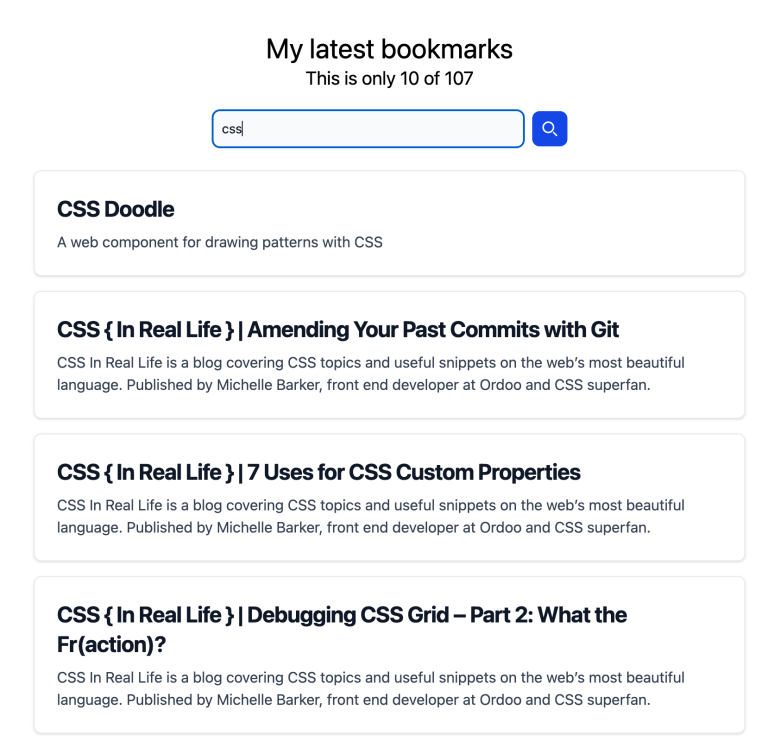Title: Vibe Coding vs. Traditional Coding: What You Need to Know
Published: April 10, 2025
Author: Matleena Salminen
Software development is evolving rapidly, and one of the most exciting innovations is vibe coding — a new, AI-assisted approach that allows users to create applications using natural language rather than traditional programming.
While conventional coding remains the backbone of many software projects, vibe coding is gaining traction for its speed and simplicity, especially when building prototypes or lightweight apps. If you’re deciding how to approach your next development project, understanding the differences between vibe and traditional coding is essential.
What Is Vibe Coding?
Vibe coding is a modern, AI-powered method of building software using plain language prompts. Instead of writing code manually, users describe what they want the app to do, and the AI generates the code behind the scenes.
Tools like Hostinger Horizons make this possible by automating the layout, logic, and styling of applications. This allows creators — even those without coding experience — to build functional web apps quickly and efficiently.
Benefits of vibe coding include:
– Simplicity: Just type what you want.
– Speed: Go from idea to prototype in minutes.
– Automation: The AI handles most of the technical work.
What Is Traditional Coding?
Traditional coding refers to the standard approach of writing software using programming languages like Python, Java, or C++. Developers manually write logic, structure data, build interfaces, and debug code.
While frameworks like React or Django can streamline the process, traditional development relies heavily on the developer’s skillset.
Key traits of traditional coding:
– Requires deep technical knowledge
– Offers full control and customization
– Involves manual testing and debugging
Vibe Coding vs. Traditional Coding: Key Differences
Let’s explore the main differences between these two approaches:
Learning Curve
– Vibe coding is beginner-friendly. You don’t need programming skills — just describe your app in plain English.
– Traditional coding has a steep learning curve, requiring knowledge of languages, frameworks, and software architecture.
Development Speed
– Vibe coding is fast. It’s ideal for rapid prototyping or launching MVPs (minimum viable products).
– Traditional coding is slower due to the need for manual coding, testing, and debugging.
Flexibility and Control
– Vibe coding offers limited flexibility. You’re constrained by what the AI and platform can do.
– Traditional coding provides full control, making it ideal for highly customized or complex applications.
Scalability
– Vibe coding works best for small to medium-sized projects.
– Traditional coding scales well for large systems, enterprise applications, and high-traffic sites.
Security
– Vibe coding relies on platform-level security, which may not be sufficient for sensitive applications.
– Traditional coding allows developers to implement custom security protocols and measures.
Use Cases
– Vibe coding is perfect for personal projects, prototypes, and internal tools.
– Traditional coding excels at building robust, scalable, and secure applications for businesses and enterprises.
No-Code, Low-Code, and Vibe Coding: What’s the Difference?
Here’s how these three development approaches compare:
– No-code: Visual drag-and-drop tools for building apps without writing code.
– Low-code: Combines visual tools with minimal coding for added customization.
– Vibe coding: Uses natural language prompts to generate code via AI — no visual interface required.
In summary:
– No-code: Build with UI
– Low-code: Build with UI + some code
– Vibe coding: Build by describing what you want
Benefits Comparison: Vibe Coding vs. Traditional Coding
| Feature | Vibe Coding | Traditional Coding |
|———————-|—————————————————————————–|——————————————————————|
| Ease of Use | Very easy — no coding skills needed | Requires technical expertise |
| Speed | Extremely fast for simple projects | Slower due to manual development |
| Flexibility | Limited to tool capabilities | Fully customizable |
| Best For | MVPs, quick tools, personal projects | Enterprise apps, performance-heavy systems |
| Cost | Lower — minimal development costs | Higher — requires skilled developers and tools |
| Control | Limited — AI handles logic | Full control over every aspect |
| Who Can Use It? | Anyone with basic tech knowledge | Developers or experienced coders |
| Maintenance | Depends on the AI platform | Fully manageable and customizable |
| Scalability | Best for small-scale projects | Ideal for large, scalable systems |
| Examples | Portfolio sites, simple tools, internal dashboards | Ecommerce platforms, social networks, enterprise CRMs |
When to Use Each Approach
Vibe Coding Works Best For:
– Personal projects and side tools
– Rapid prototyping
– One-off or internal tools
– Speed-focused development
Traditional Coding Suits:
– Enterprise-level and complex applications
– Projects requiring high performance or security



